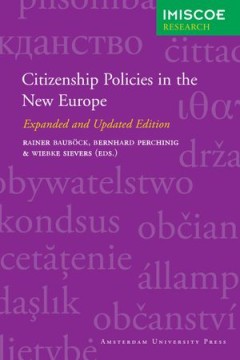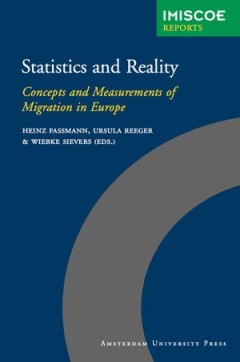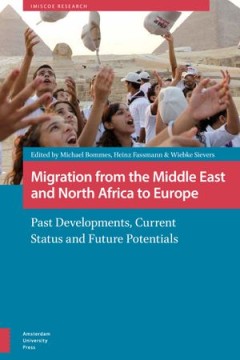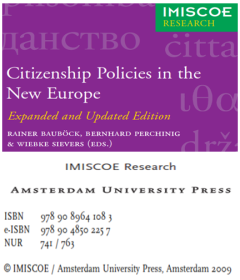Filter by

Citizenship Policies in the New Europe: Expanded and Updated Edition
The two most recent EU enlargements in May 2004 and in January 2007 have greatly increased the diversity of historic experiences and contemporary conceptions of statehood, nation-building and citizenship within the Union. How did newly formed states determine who would become their citizens? How do countries relate to their large emigrant communities, to ethnic kin minorities in neighbouring co…
- Edition
- -
- ISBN/ISSN
- 9789089641083
- Collation
- -
- Series Title
- -
- Call Number
- -

Statistics and Reality: Concepts and Measurements of Migration in Europe
In the last decade, there has been a distinct trend towards a worldwide harmonisation of migration statistics, chiefly pushed by international bodies and organisations that need comparative data. Statistics and Reality shows that these attempts have as yet not been very successful. It provides an accessible account of the history of migration measurement in Europe and analyses the current conce…
- Edition
- -
- ISBN/ISSN
- 9789089640529
- Collation
- -
- Series Title
- -
- Call Number
- 351.81 STA s

Migration from the Middle East and North Africa to Europe: Past Developments,…
One of the most important challenges concerning the future of the European Union is the demographic reproduction of the European population. Decreasing birth-rates and the retirement of the baby boomers will dramatically reduce the labour force in the EU, which will entail not only a lack of manpower but also lower contributions to European social systems. It seems clear that the EU will have t…
- Edition
- -
- ISBN/ISSN
- 9789048523177
- Collation
- -
- Series Title
- -
- Call Number
- 300 MIG m

Citizenship Policies in the New Europe: Expanded and Updated Edition
The two most recent EU enlargements in May 2004 and in January 2007 have greatly increased the diversity of historic experiences and contemporary conceptions of statehood, nation-building and citizenship within the Union.
- Edition
- -
- ISBN/ISSN
- 9789089641083
- Collation
- -
- Series Title
- -
- Call Number
- 300 SIE c
 Computer Science, Information & General Works
Computer Science, Information & General Works  Philosophy & Psychology
Philosophy & Psychology  Religion
Religion  Social Sciences
Social Sciences  Language
Language  Pure Science
Pure Science  Applied Sciences
Applied Sciences  Art & Recreation
Art & Recreation  Literature
Literature  History & Geography
History & Geography